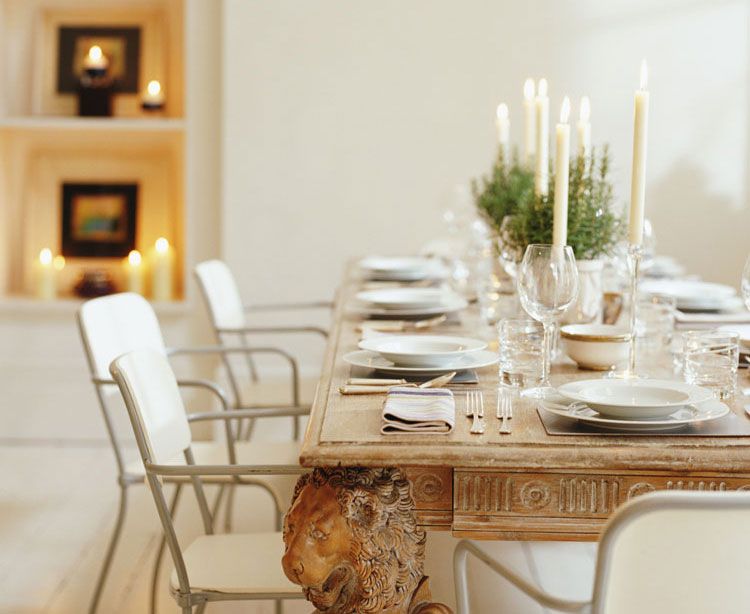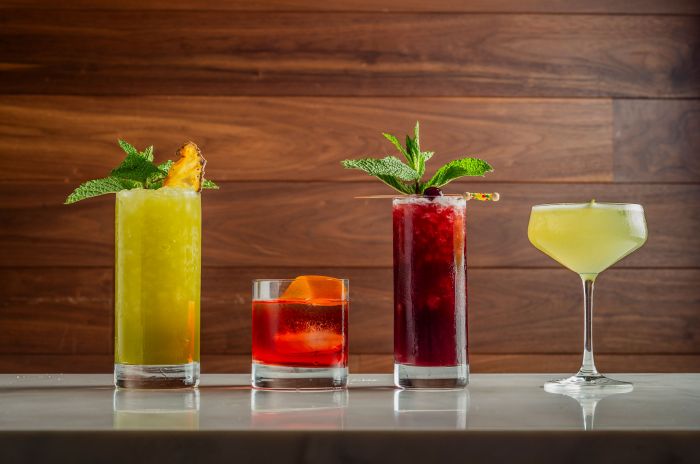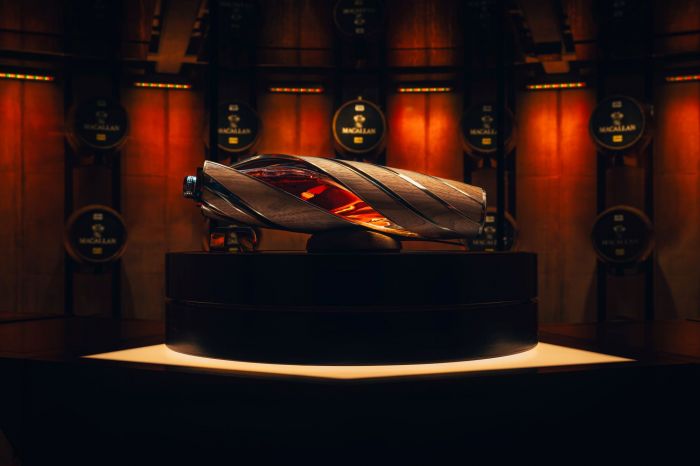

If you only ever see elegant table settings at restaurants or other houses, it might seem a little intimidating. Following a few rules, a formal table is actually easy to assemble and looks so polished and professional. Once you understand them, you will have no trouble arranging a pleasing and inviting table for future occasions. And who knows? A lavish spread might make up for the fact that the chicken was a tad dry. Martha Stewart Living agrees that “special occasions require a more formal table than the traditional five-piece, and once you learn the rules you can alter or break them with confidence.” (Photo Courtesy of iStockphoto | Thinkstock)

As we all remember from Pretty Woman, the silverware is used from the outside in, but do you know where those tricky little dessert forks go? How about the butter knife? A formal table is perfectly suitable for at-home holiday gatherings, but before you start gathering the silverware, a thoughtful host would perhaps figure out seating arrangements beforehand to ensure a commodious vibe. I think name cards are an excellent and artistic way to take control of guest seating. As for the tablecloth, Etiquette Scholar suggests it to have a “luxurious and deep” overhang of between 10-15 inches. (Photo Courtesy of iStockphoto | Thinkstock)

Photo Courtesy of ThinkStock
Let’s begin with the placement of the individual settings. Grand dame of all things proper, Emily Post, explains that for a formal table, everything should be “geometrically spaced.” From the plates to the silverware, everything has a place and is never thrown haphazardly onto the table. The centerpiece is at the exact center of the surface, and the settings are evenly spaced. The Butlers Guild agrees that every setting should be exactly the same, to the millimeter. A spare arrangement is recommended to be on-hand in case something is dropped.
To ensure adequate elbow room, Etiquette Scholar recommends that there be approximately 24 inches from the center of one place setting to the middle of the next, and I would advise using a measure for the first few times until you are comfortable enough to do it without aid. (Photo Courtesy of Hemera | ThinkStock)

Each setting focuses around a large, decorative plate called the charger. Used to hold a place, Martha Stewart Living says, “food is never served directly on a charger, but a first-course soup bowl or salad plate can be set on top of it. The charger should be cleared along with the bowl or plate.” A piece of china, a vintage plate, or even a wood or metal design can be used to provide color and texture. For ease and accent, napkins can sport a napkin ring and should of course be placed in the center of the plate. (Photo Courtesy of iStockphoto | Thinkstock)

For the silverware, all pieces can be lined along the bottom edge of the charger, about one inch from the edge of the table. As a reminder, forks are on the left side of the plate and knives and spoons on the right, arranged in order of use, with first-course utensils on the outside and main course ones nearest the plate. Knife blades face in towards the plate. Emily Post advises that if a spoon other than the dessert spoon is to be used, it is positioned to the right of the knives. No more than three pieces of flatware should be on either side, unless an oyster fork is required, which will go on the right of the soup spoon. (Photo Courtesy of iStockphoto | Thinkstock)

Plates and silverware are easy with most people being familiar with their basic placements — now, onto the glassware and side plates. As a general rule, glasses are set to the upper right side above the knives, and butter and salad plates are on the upper left. Martha Stewart says that the bread plate is placed about 1-2 inches above the forks with a butter knife placed either horizontally or diagonally across and blade facing downwards. The water glass is stationed above each guest’s dinner knife with wine glasses to the right in the order they shall be used.
There are varying ways in which the glasses can be arranged, mostly depending on space and preference. To keep it simple, the glasses can be in a straight or diagonal (slanting downwards) line or in a triangle with the red-wine glass at the peak and white-wine glass on the lower right. (Photo Courtesy of iStockphoto | Thinkstock)

Not forgetting the best part of the meal — dessert — let’s talk quickly about that too. Martha Stewart suggests that the dessert spoon and fork can either come out with dessert or be placed above the setting horizontally with the fork below and tines facing right and spoon above, bowl facing left. Personally, I prefer the look of the preset utensils. When dessert and coffee are served, everything from the setting should be removed except the water glass. The cup and saucer are to the right of the dessert setting with the coffee spoon on the right side of the saucer.
The hosts are not the only ones following guidelines — when guests are finished with a course, they should place their silverware diagonally across the plate at 4:20 with the blade facing inwards. Serving etiquette exists too, but at least you now know how to begin with a formal table setting. By employing these simple rules, a table can be transformed into a personal work of art, and guests will always remember the effort made in making them feel welcome. (Photo Courtesy of Zoonar | Thinkstock)














